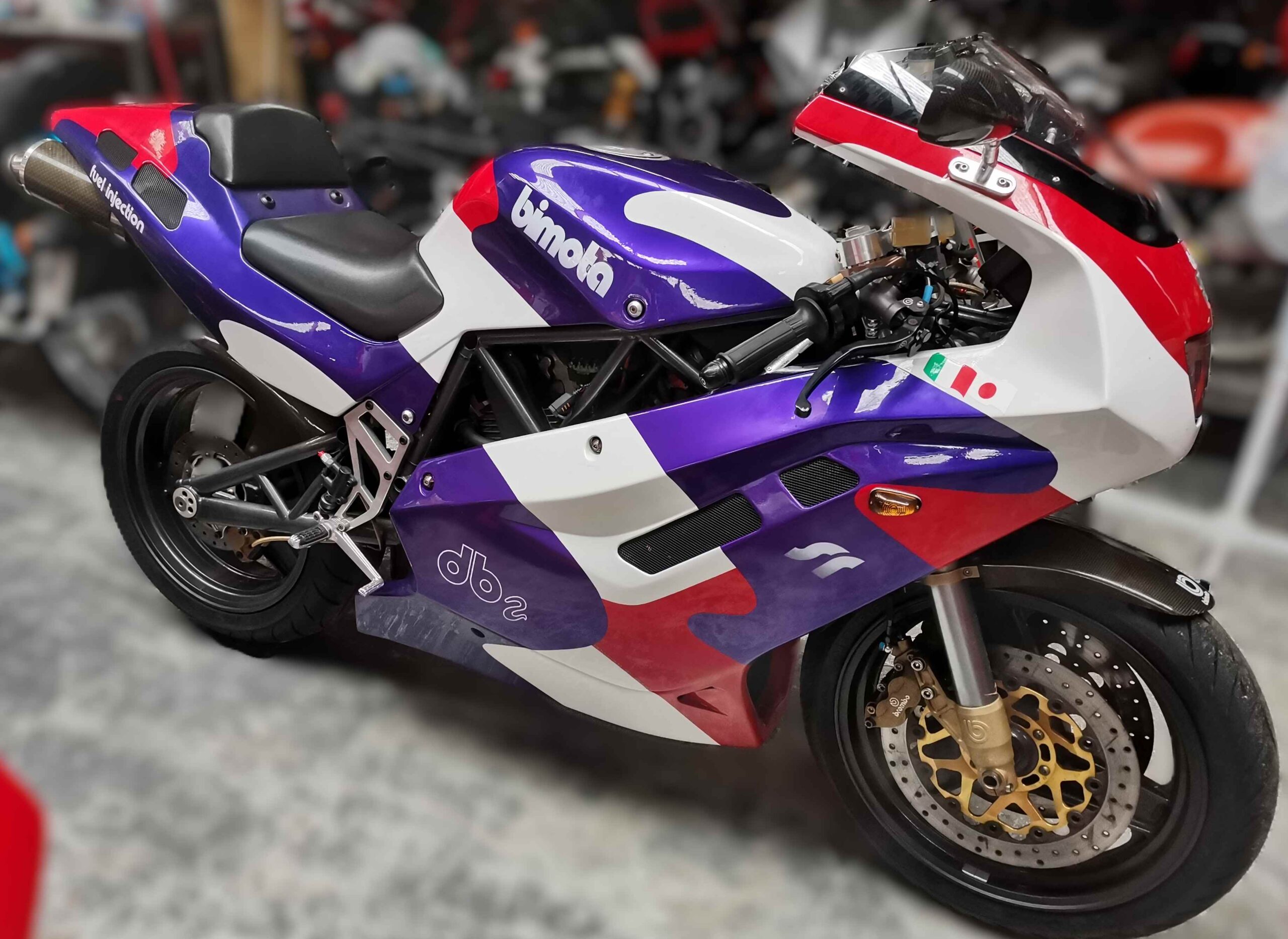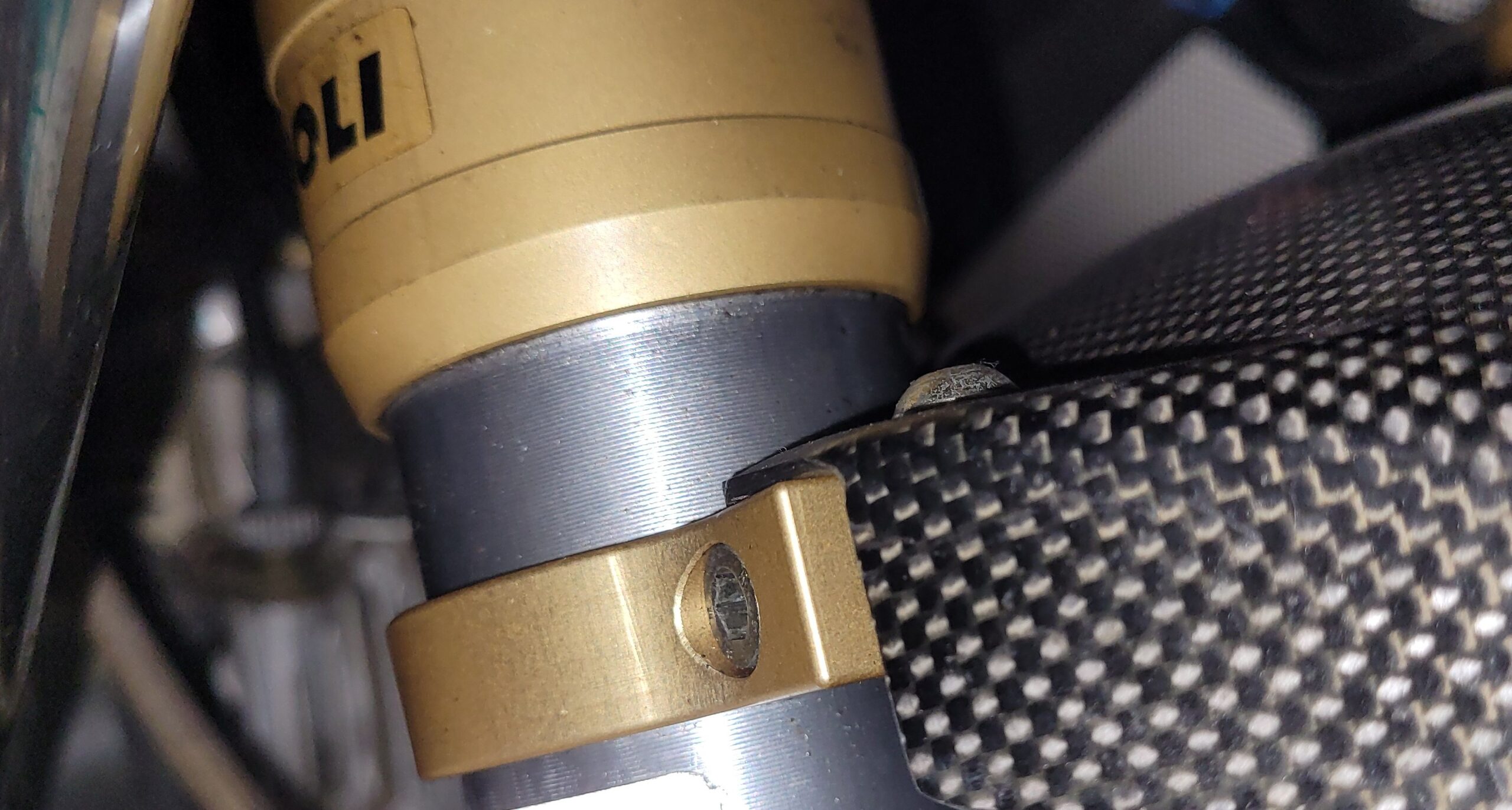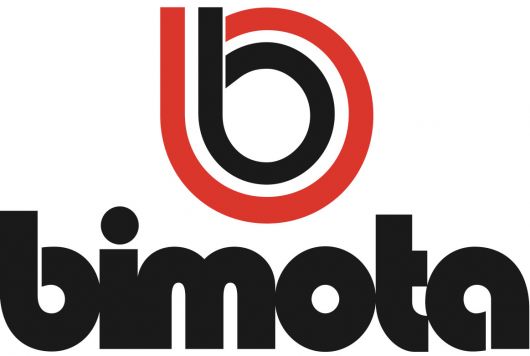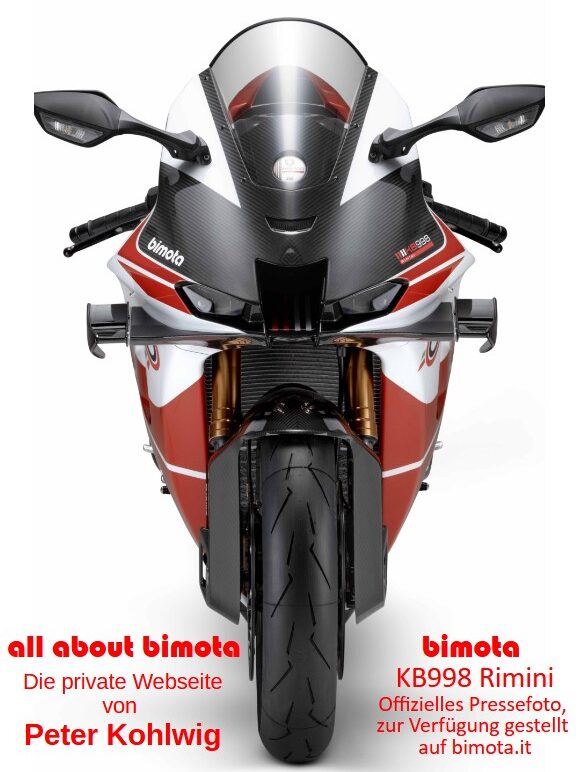
| Designer | Pier Luigi Marconi | Premiere | Milan 1993 |
| Production period | 1994 – 1996 | Production numbers | 157 |
| Power | 65 KW (89 PS) | Displacement | 904 ccm |
| Topspeed | 225 km/h | Weight | wet 186 kg dry 168 kg |
| Price | 32.990 DM (1994) | Colours | violet / white / red frame grey |
| Technical basis | Ducati 900 SS |
In 1994, Bimota introduced the DB2 SR as an additional model alongside the base DB2. The main differences were a new paint scheme and an electronic fuel injection system. These changes increased the power output by 9 hp while adding 6 kg to the dry weight. The power gain became noticeable at higher revs, while low-end torque also improved. As a result, the SR offered a smooth and linear power delivery. Even in sixth gear, acceleration was possible from as low as 2,500 rpm. From 3,000 rpm onward, the torque was strong enough to make the front wheel feel noticeably light in the lower gears.
The striking paint scheme in white, red, and violet was also available for the SB7, which was introduced the same year. The SR’s frame and swingarm were powder-coated in dark gray. Unlike the standard DB2, the SR was offered exclusively with a full fairing to conceal the ECU, which was mounted on the side at the height of the horizontal cylinder.
Another distinctive feature was the carbon fiber front fender, which not only reduced weight but also functioned as a fork stabilizer. To achieve this, the carbon fiber was laminated unidirectionally, and the fender was mounted to the fork tubes using aluminum clamps. With this innovation, Bimota introduced the first load-bearing carbon fiber component in a production motorcycle as early as 1992 with the DB2.

The chassis geometry, with its short wheelbase (1,370 mm) and low weight, made the DB2 extremely agile. A review in the German magazine PS (issue 10/1992) described the DB2 as having the handling characteristics of a Suzuki RGV 250, with the added advantage of being 20 kg lighter.

